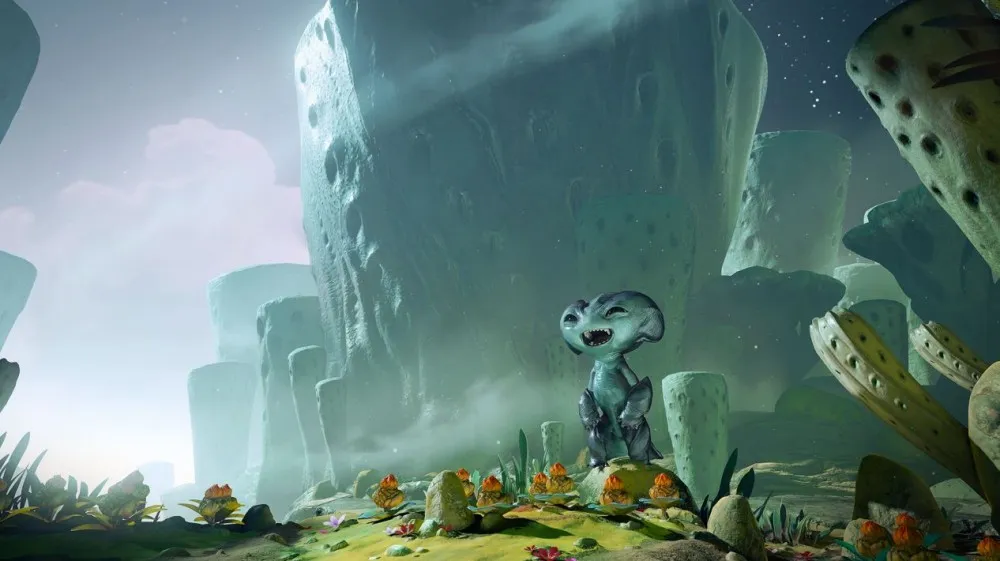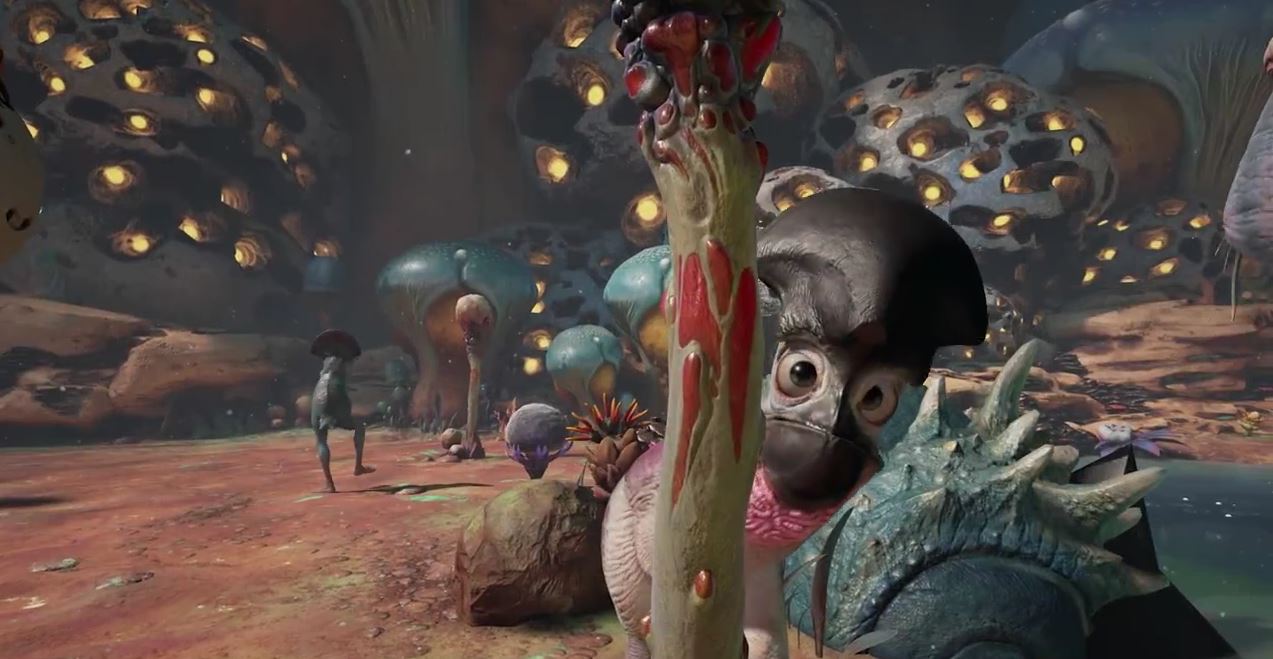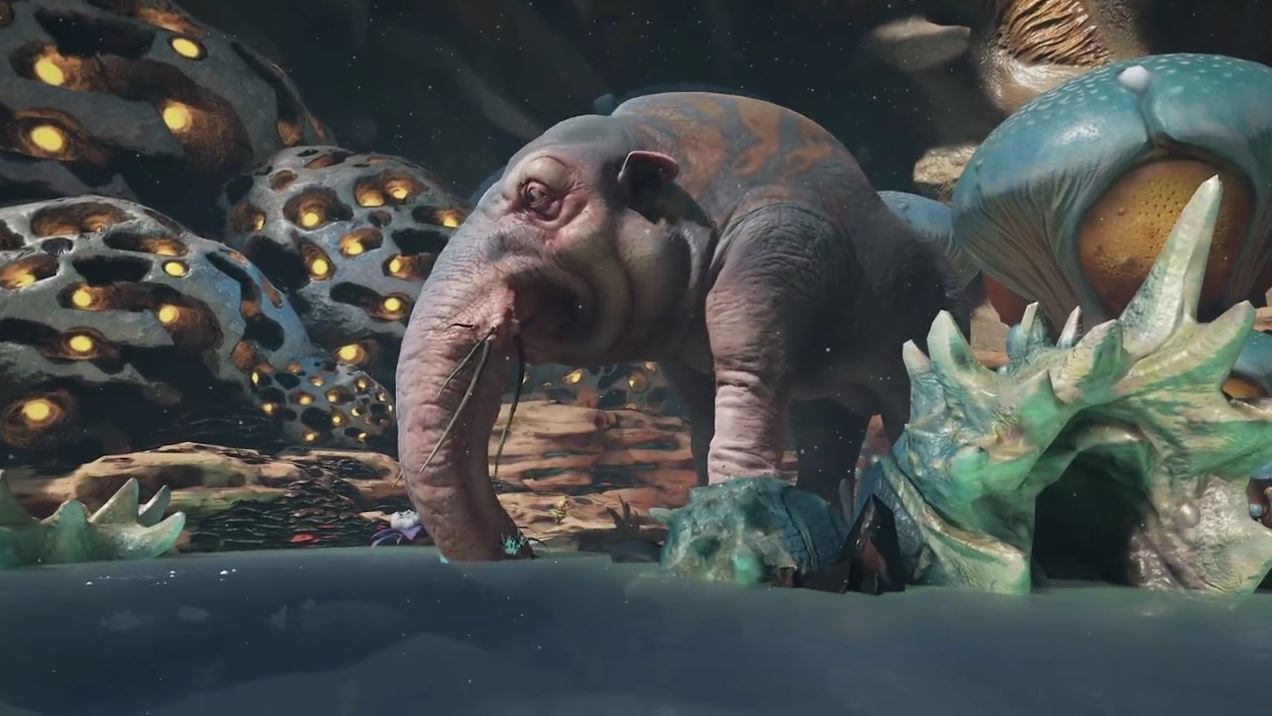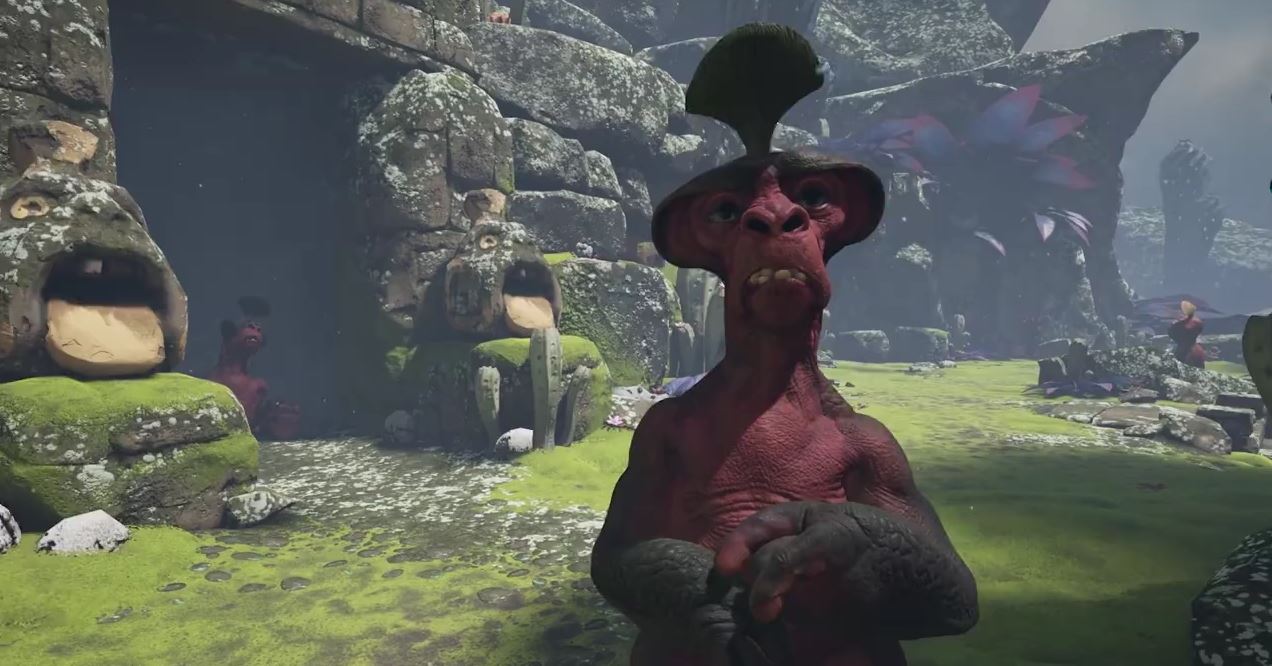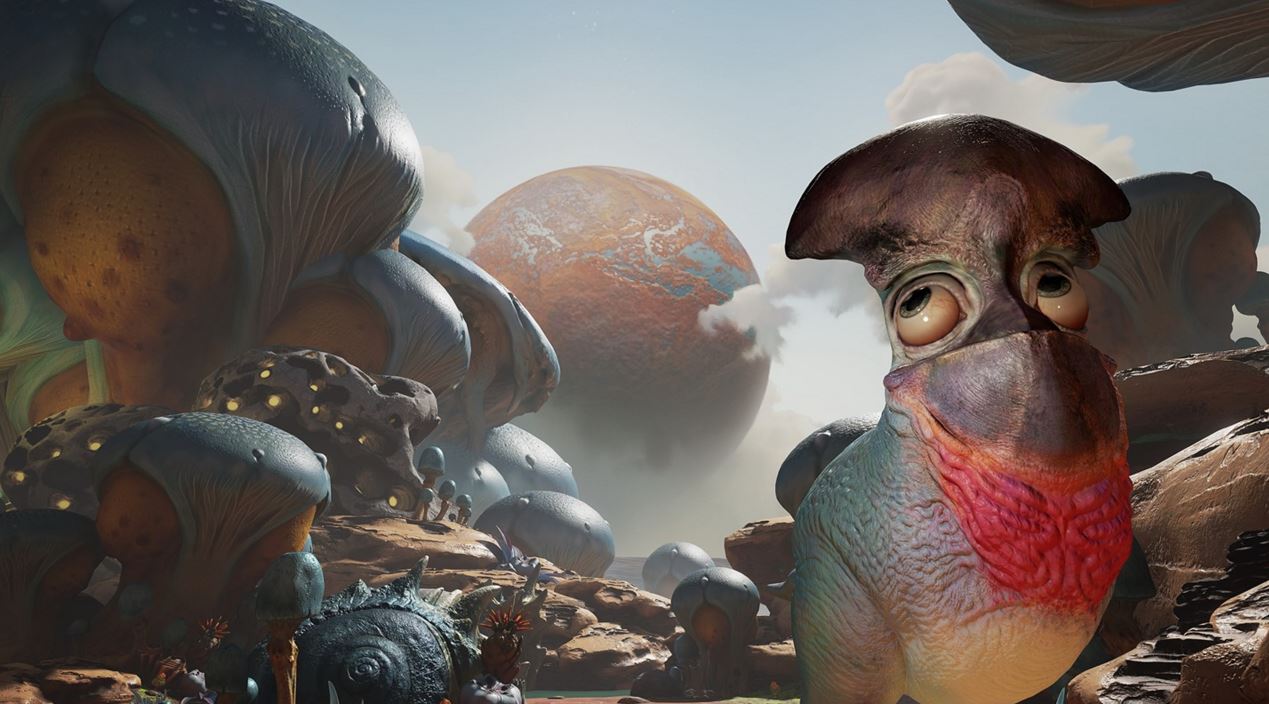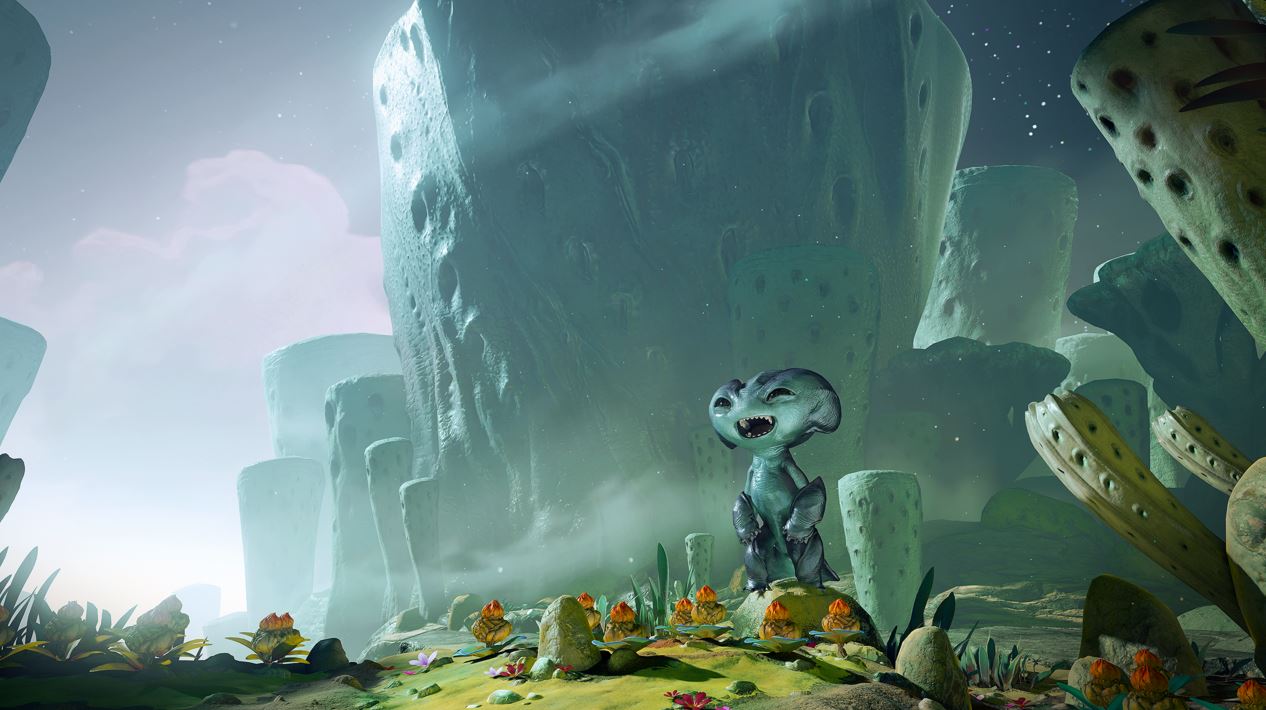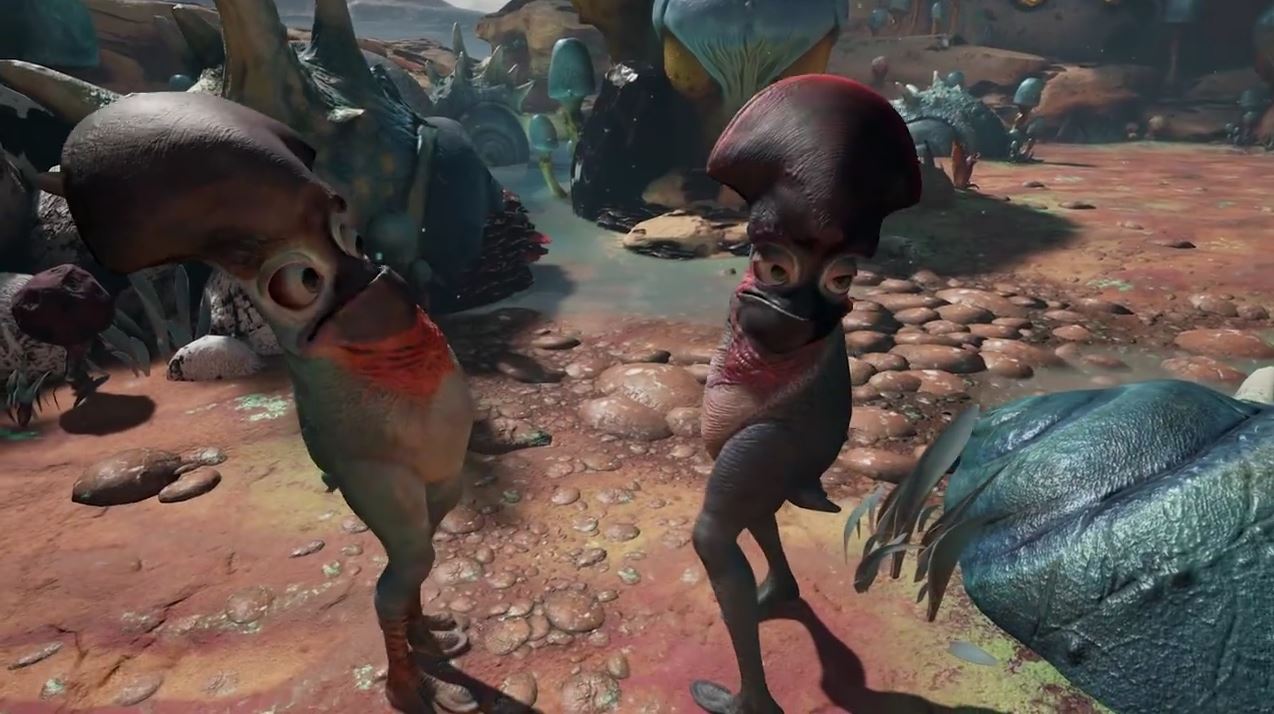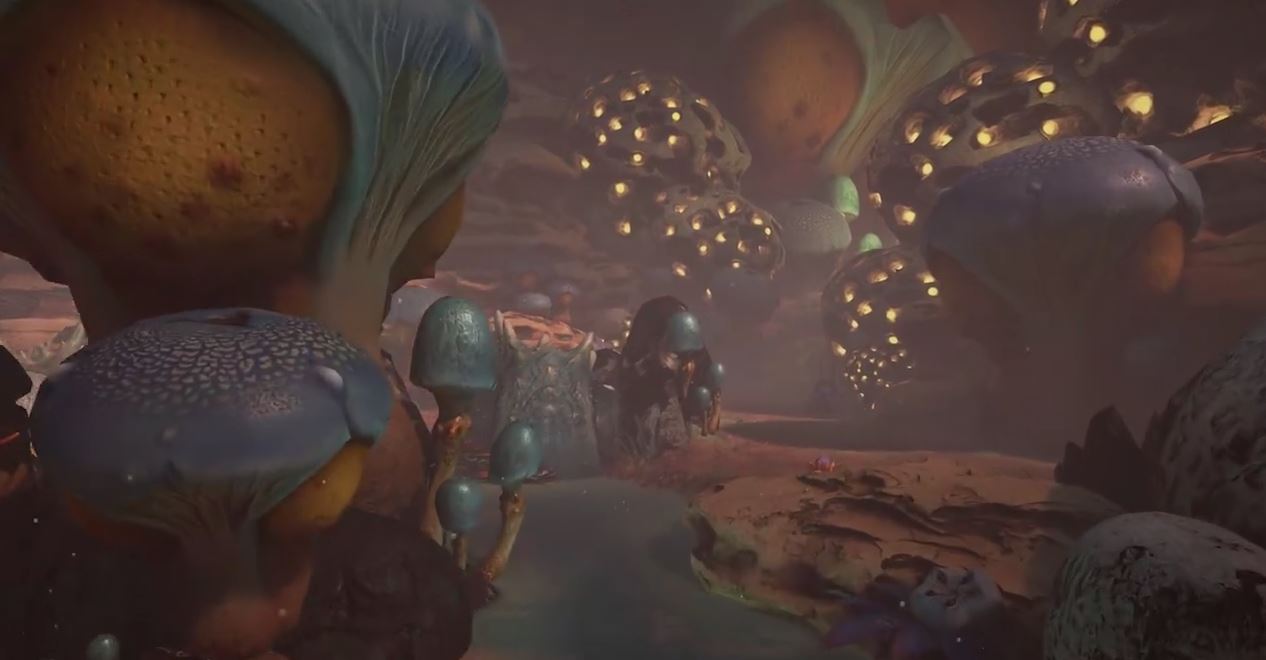Studio: Oculus Studios
Platform: Oculus Rift
Price: Free
Release Date: March 28th, 2016
When a game comes out of nowhere and shocks you as a free, first-party developed launch title for a brand new platform, it’s hard not to be a little pleasantly surprised. After experiencing the Oculus Game Days Launch Preview event at GDC and getting hands-on time with those 30 launch titles, we thought we had seen everything the Rift had to offer straight out of the box. As it turns out, Oculus Studios had something special up their sleeve and it’s called Farlands.
Farlands is unlike essentially every other game you’ll find on the Oculus Store. Several other experiences are designed to be played in short bursts, almost like small mini-games in a way, while others are designed to be played for potentially several hours at a time. Farlands has the ability to occupy either of those categories, with the extra wrinkle of receiving regular daily updates and changes. Even if you’re not playing, the game is changing each and every day on its own.
What struck me most about Farlands is how utterly gorgeous it is.
In this way, it reminds me a bit of Animal Crossing, if Animal Crossing took place across alien planets and involved a talking robotic sidekick. As a cadet-in-training, you’re sent down to scan alien life on a foreign planet. You’re equipped with an analysis tool that does everything from identify creatures and planets all the way to telling you what a creature wants for food. You’ve also got an incredibly useful teleportation ability for easy travel and a scanner that essentially snaps photos of whatever you’re looking at. Leaning forward and backward in the headset lets you zoom – a nice and subtle integration of VR into the experience.
What struck me most about Farlands, however, beside the fact that it’s a surprise free launch title, is how utterly gorgeous it is. It’s not an exaggeration to say it’s one of the better looking games in the Rift’s launch lineup and utilizes 3D sound and spacial awareness better than most games I’ve played. I actually felt the need to spin around and inspect my environment and track down the source of sounds the entire time I was playing. Investing in a good swivel chair is a must for Farlands.
Farlands is unlike essentially every other game you’ll find on the Oculus Store.
When you’re done exploring the surface of planets, scanning the flora and fauna, and exploring to see what secrets you can unearth, you’re free to beam yourself back up to the cockpit of the ship. This is where your captain will critique and rate your performance, in expectedly dramatic fashion, which also pushes forward the loose and silly plot. The voice acting is very high quality and a lot of care was put into making this as comprehensive of an experience as possible.
I did find myself aching to move around the environment with the control stick, at least as an optional movement system, but alas it seems to be teleport-movement only. The upside to that is the inclusion of being able to play the entire game with the Oculus Remote, but the downside is an artificial limitation on interaction and immersive context.
The most interesting aspect of Farlands is the daily update dynamic. Obviously it remains to be seen how dramatically that impacts the game itself, but there is a lot of potential for this game to stay relevant over a long period of time. With that potential, though, also comes a heavy dose of skepticism, as there’s no way of knowing what the quality of the future content will be like.
A year from now we may never talk about Farlands again and it could be completely forgotten as just another experience with wasted potential. Or, just maybe, it could become the truly special thing that everyone looks forward to playing every day just to see what’s different. Time will tell, but it’s certainly pretty enough to keep exploring for the time being.
Read our Game Review Guidelines for more information on how we arrived at this score.

